What is it?
Concealed door assembly - an ultramodern way of decorating the entrance and exit with the help of concealed hinges. Thanks to the inner box, the door will be invisible and the feeling of a blank homogeneous wall will be created.
Secret doors today perform slightly different functions than before. If, since the Middle Ages, invisible entrances hid secret rooms behind them, into which strangers should not have entered, today the main goal of installing a hidden door is to dissolve the canvas itself in the wall, thereby achieving a minimalist design and visually expand the space.
The most advantageous place for hidden doors in a house is a corridor or hallway with many entrances and exits. When replacing standard doorways with platbands with hidden ones, you will get a spacious room with neat walls without unnecessary accents.
Hidden doors in the living room serve the same function as in the hallway. But in the bedroom with a secret door you can hide dressing room, which should not be entered by guests. Pantries (for example, in the kitchen), offices and other personal areas can also be hidden.
Pros and cons
Benefits flush-mounted doors in the interior:
- Stealth. This gives more options for wall decoration and allows you to hide insignificant spaces, such as storage rooms.
- Variability of finishes. If the finished factory doors from the manufacturer have a certain color that is not easy to match the walls, then custom hidden doors can be painted in any shade or even pasted over with wallpaper.
- Compactness. The inner frame, hidden hinges and the absence of trims allow the installation of a hidden door even in narrow aisles.
- Saving. Moldings are often more expensive than a door leaf, but in the case of hidden doors, you will not have to buy it.
- Large selection of sizes. The height and width are practically unlimited - you can order a model with standard dimensions or a non-standard canvas from floor to ceiling. Of course, its cost will be higher - but on the other hand, you can implement any design solution.
disadvantages invisible openings:
- High price. Although interior doors do not require a box and trim, the canvas itself can cost a pretty penny. The most budgetary option is a standard size (70 * 200, 80 * 200) without finishing.
- Complex installation. Since the hidden interior doors in the interior are still a curiosity, not every master is ready to take on such work and perform it efficiently. The average cost starts from 3000 and goes up to 5000-6000 for one unit.
- Many nuances. If conventional models can be installed during decorative finishing, then secret solutions are installed at the stage of rough work.
- Limitations in styles. Hidden canvases look ultra-modern, therefore they are mainly suitable for styles that are relevant today: modern, minimalism, loft... At the same time, write them in classics, provence or baroque almost unrealistic.
- One-sided beauty.Aesthetic fit and invisibility in standard openings will be only on one side: on the “wrong side” there will be a recess, which will be clearly visible even when the space is decorated with the same materials. This is due to the small thickness of the door, thanks to which concealed installation is possible.
In the photo there is a hidden door in the interior of the hall
Design options and their features
Hidden doors in the interior are of two main types, each of which has its own pros and cons.
Finished products
The factory painting, on the one hand, makes the installation process easier: just install the hidden box and hang the door. But on the other hand, it will not be possible to achieve the effect of complete invisibility - because it is almost impossible to choose a shade of paint or wallpaper exactly to match the door.
In the photo there is a secret entrance in the wall
Doors for finishing
They are cheaper than the first ones, but they require additional work to create invisibility. After installation, the canvas is painted to match the wall, pasted over with wallpaper or finished in another way, repeating the walls - from the inside and outside. The only point "against" - the factory paint in most cases is of higher quality and more durable.
In the photo there is a wooden canvas on hidden hinges
The hidden door does not have to be of a standard shape: the entrance can also be hidden with a shelf door or a secret opening in the wardrobe. These methods are also completely invisible and do not violate the design of the room.
There are also glass sheets: they are installed in place in a secret way, do not violate the interior design, but at the same time they do not merge with the wall and do not require painting.
Design examples
As mentioned in the last section, the easiest way to hide the entrances to an apartment or house is by finishing the canvas to match the walls. For this, the same wallpaper, paint or other material is used.
Even laminate, slats or other wood trim are fixed on the interior canvas. The main rule in this case is to decorate the wall at the same time as the door in order to lay it in a single contour.
Important! Experts usually do not recommend glueing heavy tiles or porcelain stoneware on the opening canvas - this will give an additional load on the hinges and can ruin them.
Additionally, you can use original decor options: paint a wall with a door up to half the height, make chaotic strokes of paint, hooking both surfaces.
Advice! Don't have to repeat wall decoration - for high doors, you can use materials for the ceiling on top, and on the bottom - for the floor.
In the photo, a variant of the decor of the children's room
A convenient option for the corridor is mirrors. Attach several sheets, one of which will be on the door. So you will simultaneously hide the entrance and make the space visually larger.
If there are paintings or other decor hanging on the wall, attach it to the canvas. This technique will mask the opening even more and literally dissolve it in space.
How do they look in the interior?
The most popular today among standard models for finishing: they are easiest to hide in the wall, suitable for any color scheme and materials.
Among adherents of the classical style, a method using textured baguettes has become widespread: a composition is assembled from them, fixed both on the walls and on the interior canvases. Thus, the problem with excessive minimalism, not suitable for baroque, classics, art deco, is solved.
In the photo there is a secret passage from the bedroom to the dressing room
In some rooms (for example, in children's rooms), the use of black slate paint is appropriate: firstly, black masks the gaps, and secondly, the child will be able to paint the walls without harm for repair.
How to decorate doorways in your apartment - only you decide. We just talked about another modern way of dividing space.

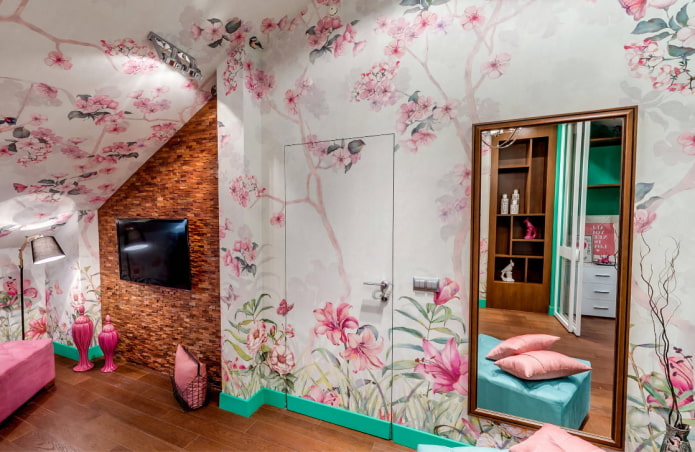
 10 practical tips for arranging a small kitchen in the country
10 practical tips for arranging a small kitchen in the country
 12 simple ideas for a small garden that will make it visually spacious
12 simple ideas for a small garden that will make it visually spacious
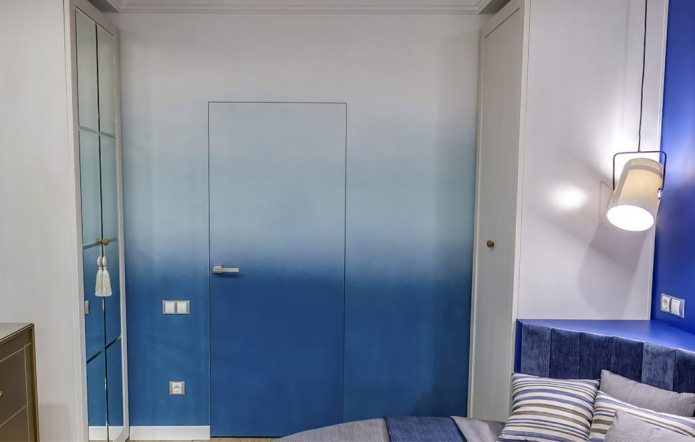
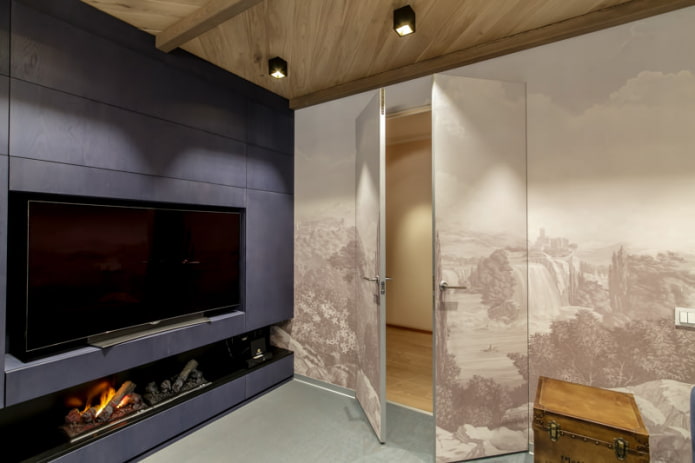
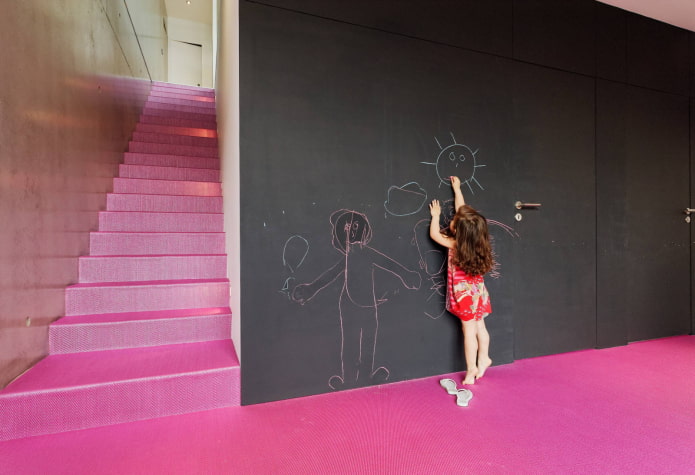
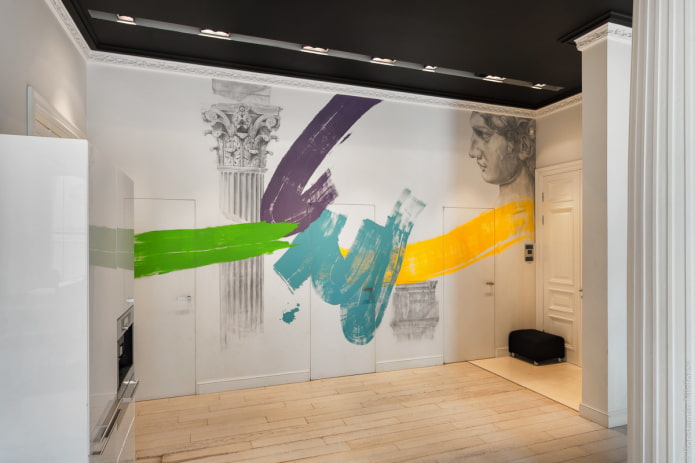

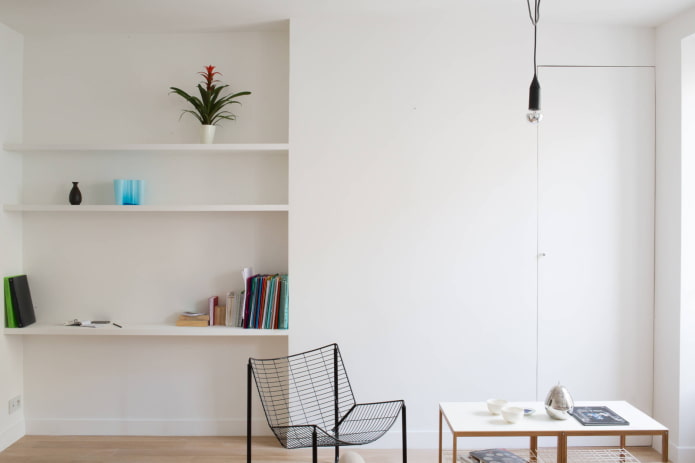


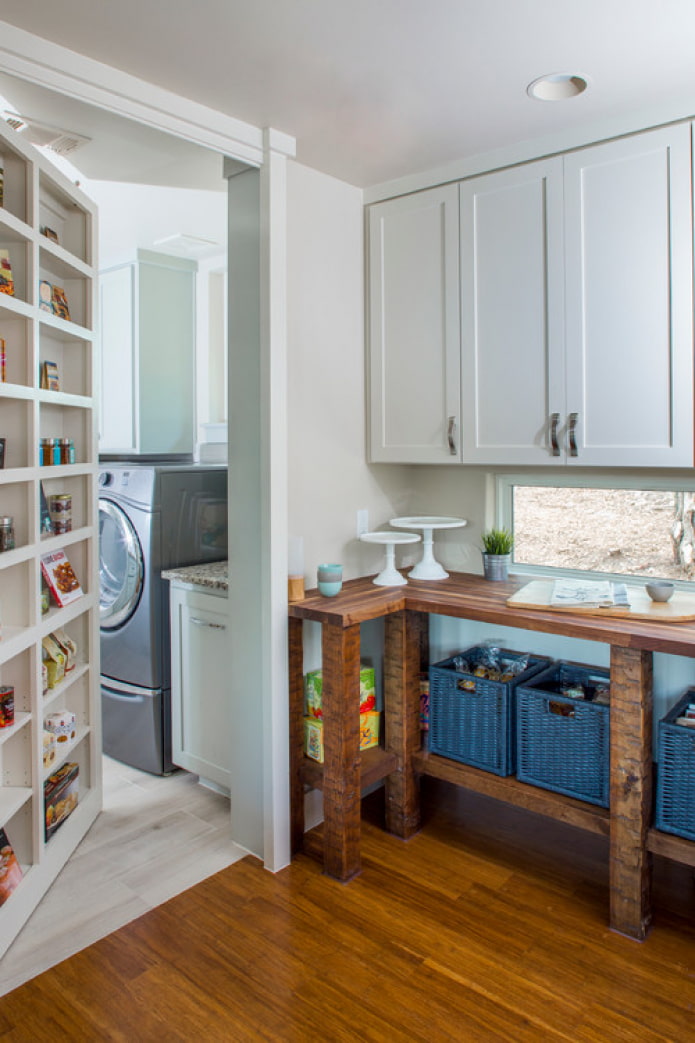
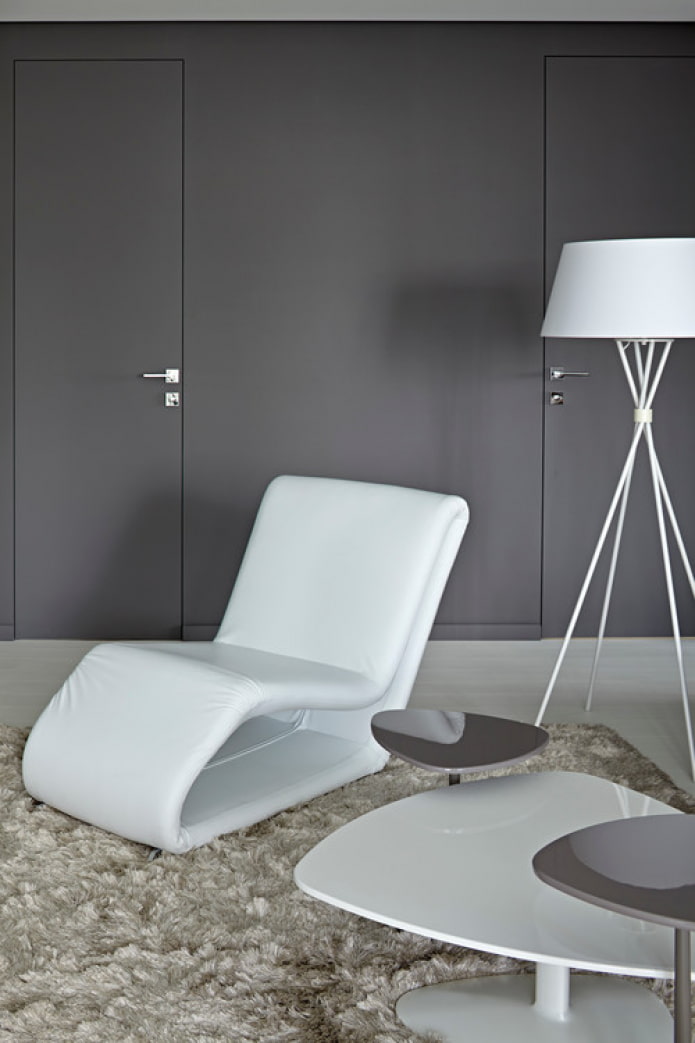
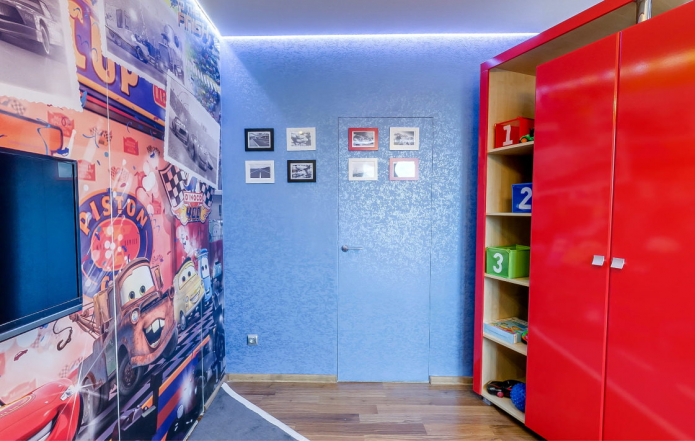
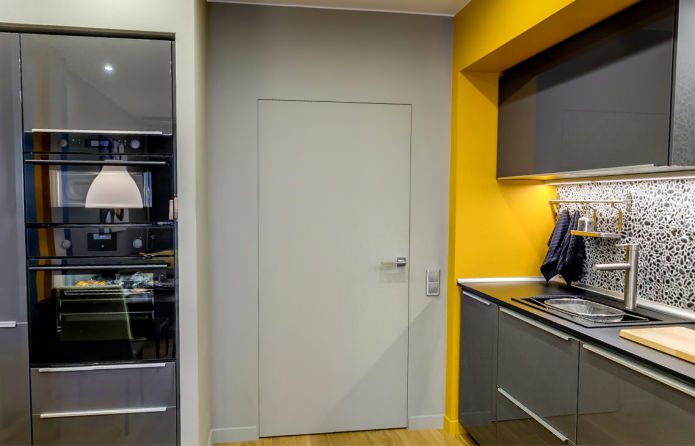
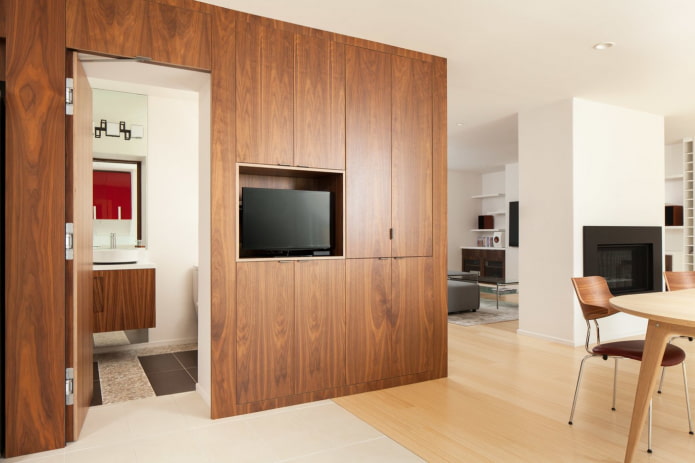

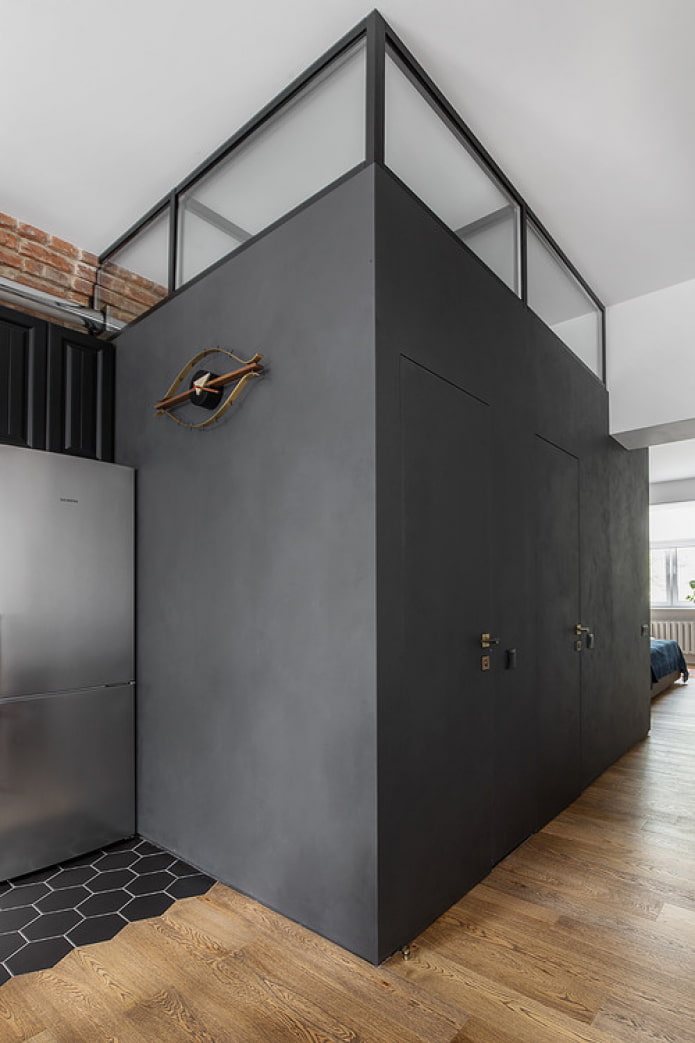
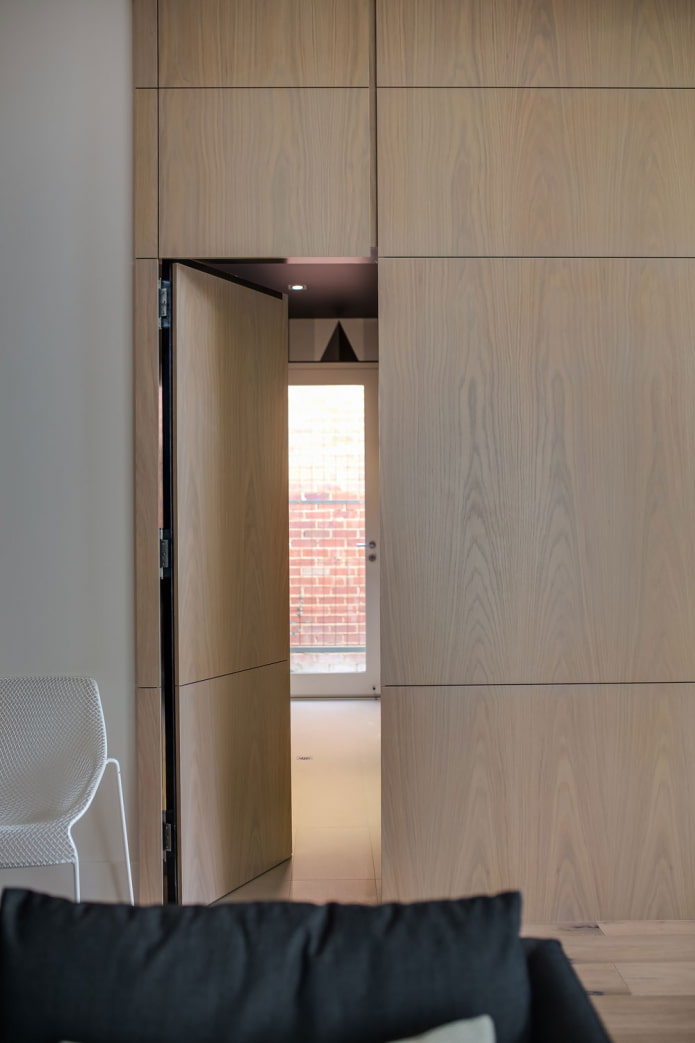
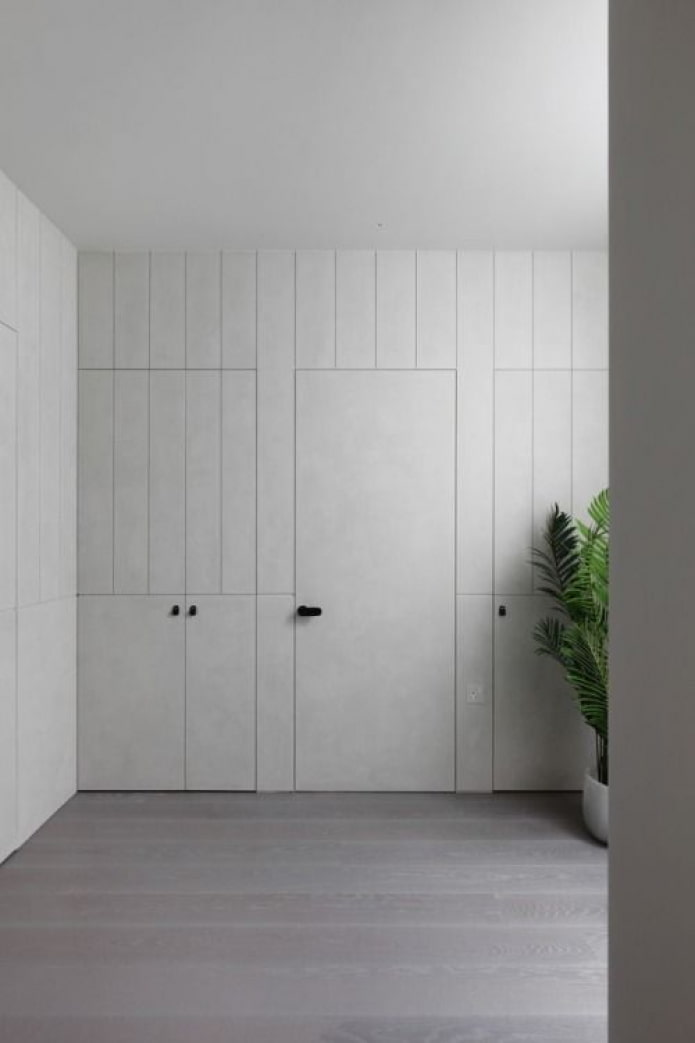
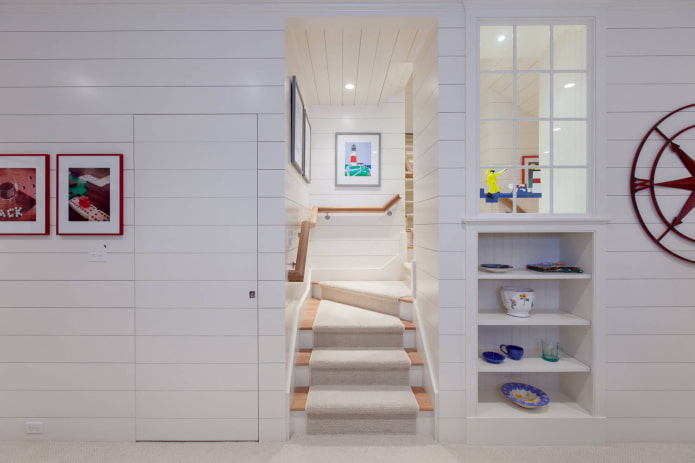
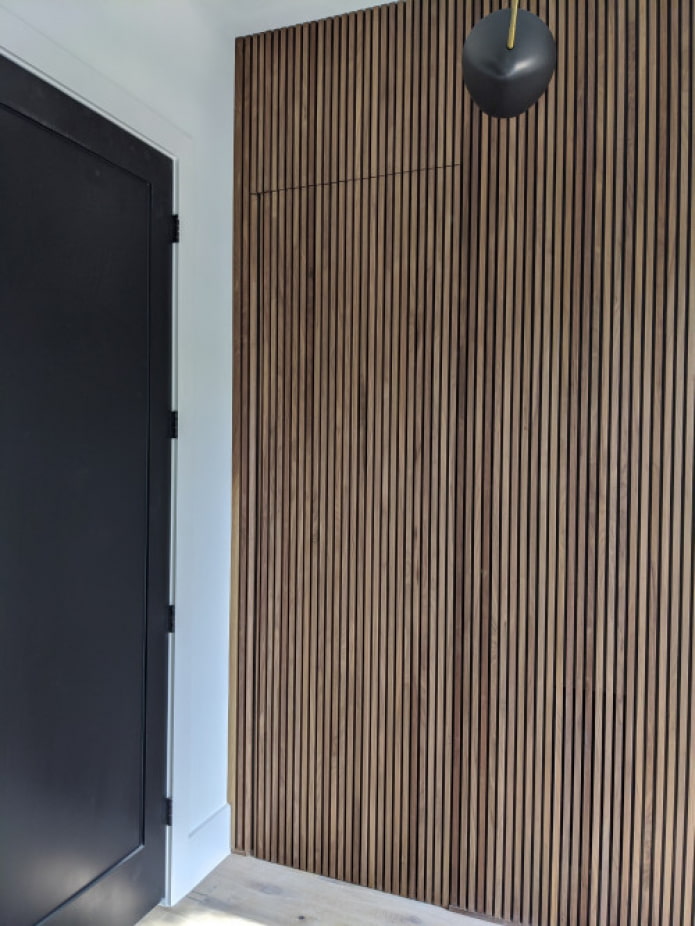
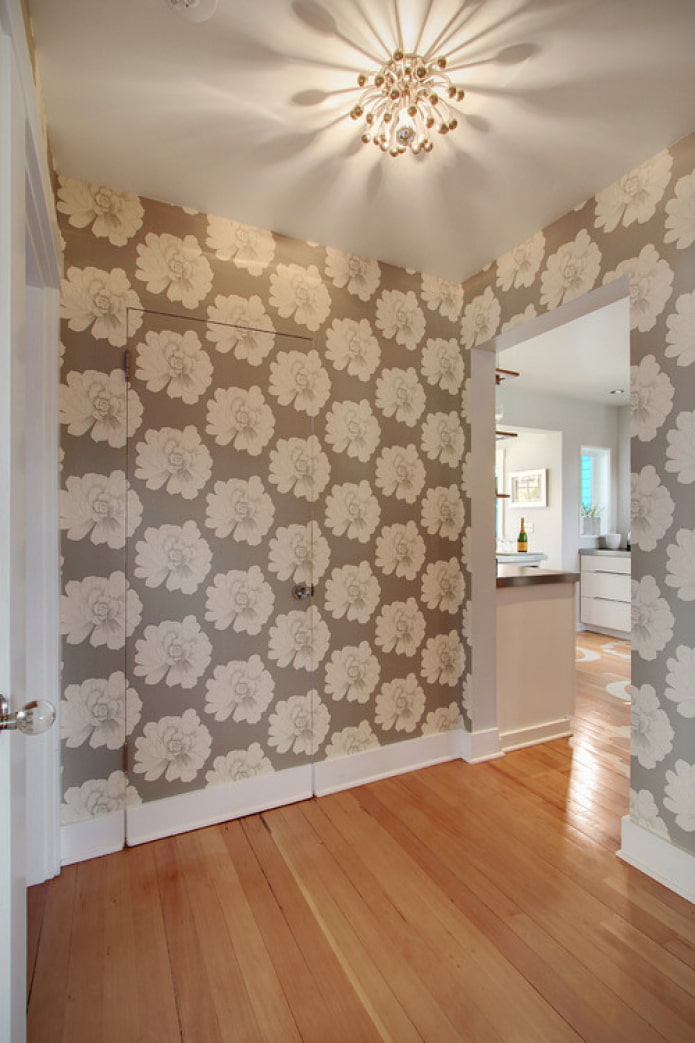
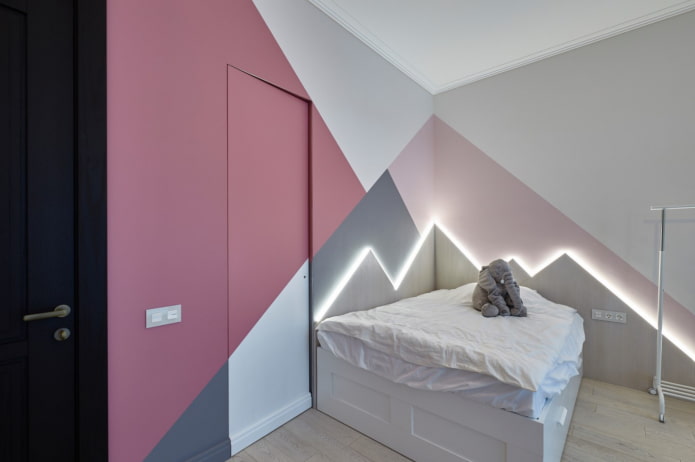
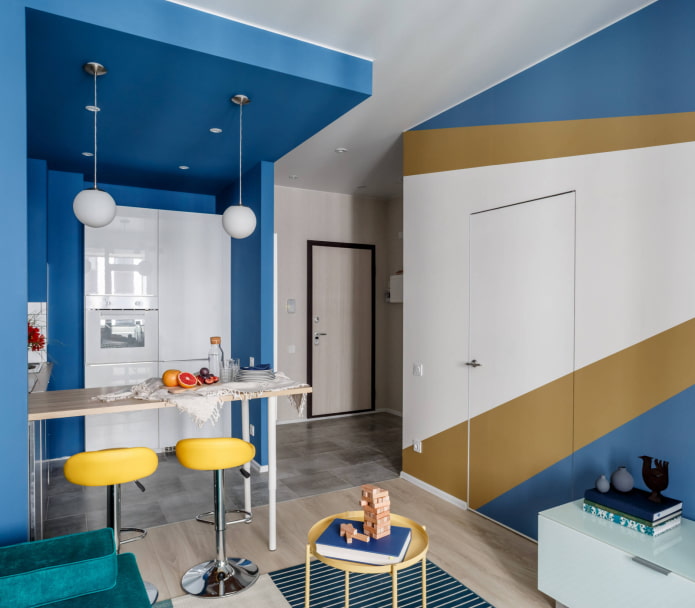
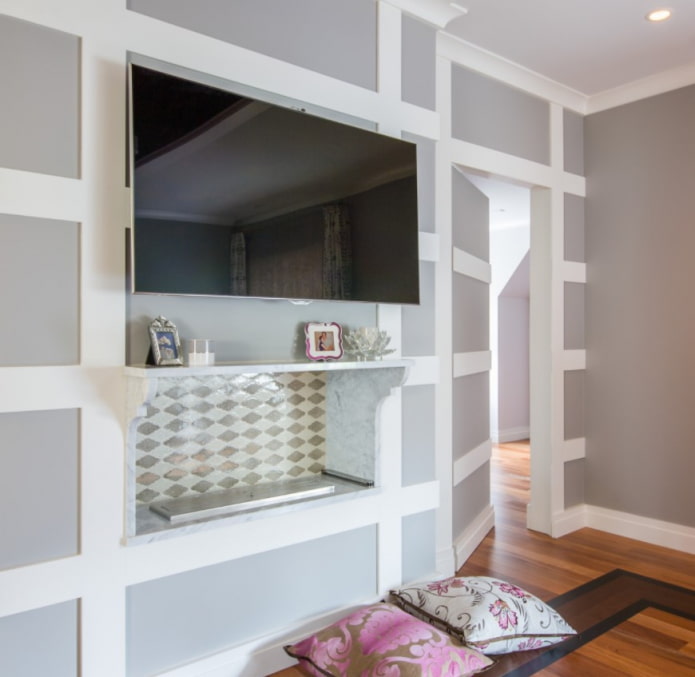
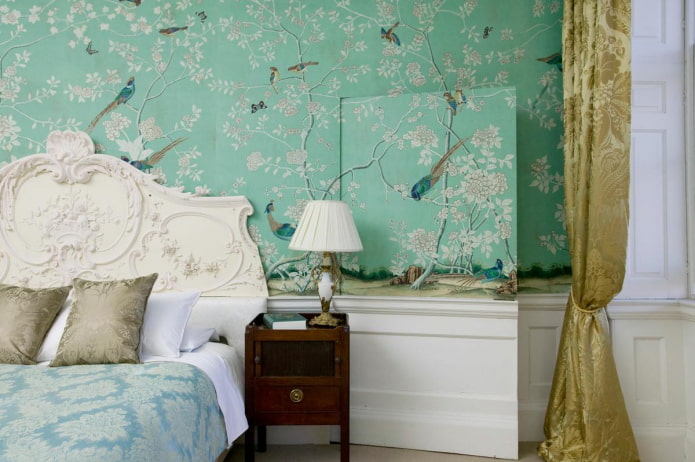

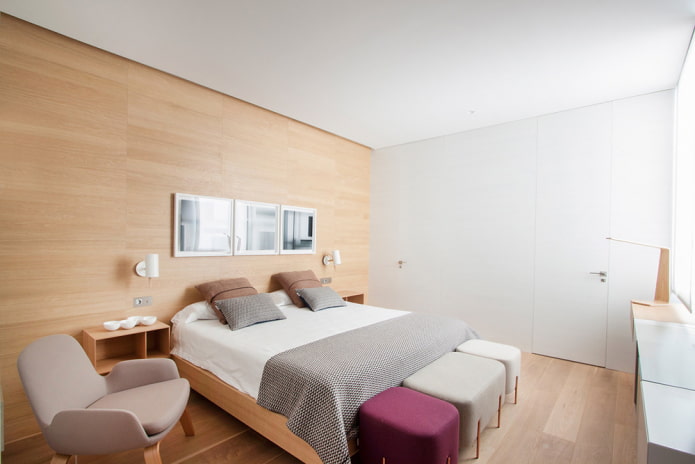

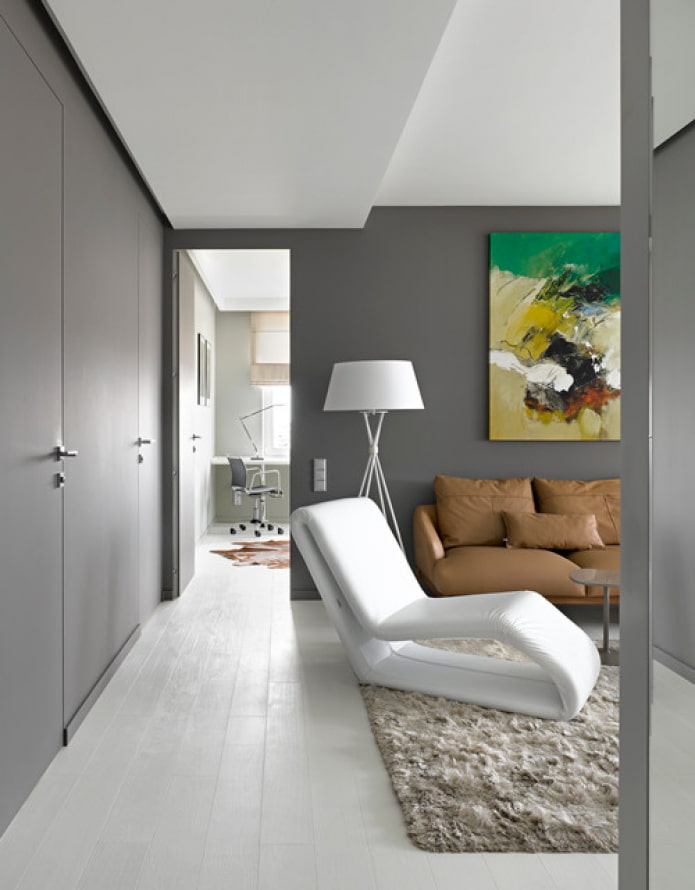
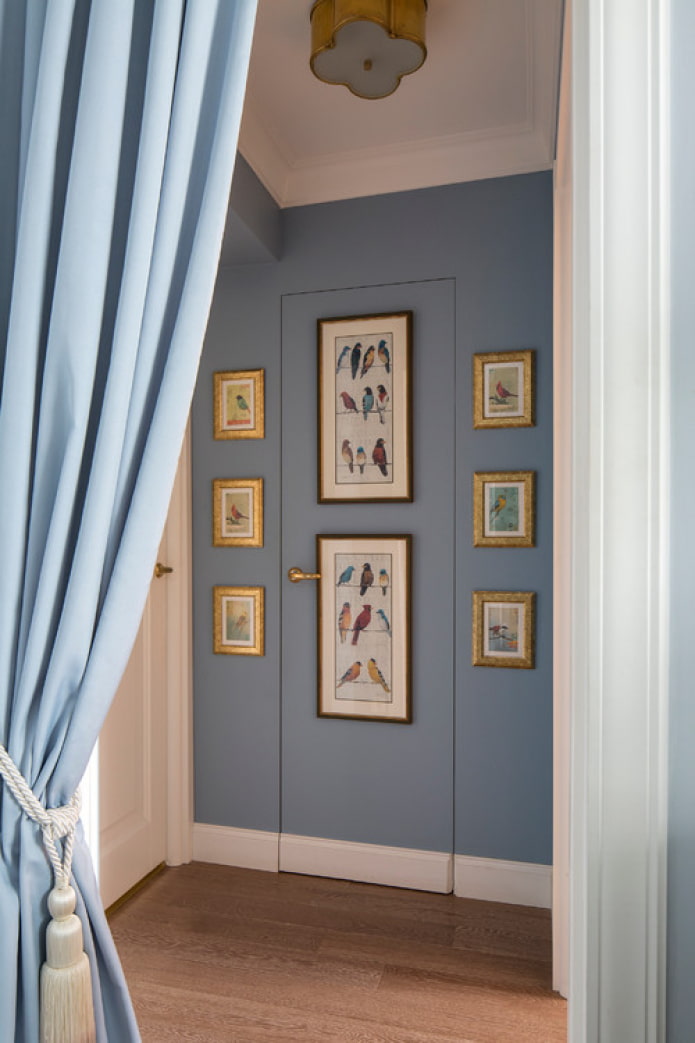
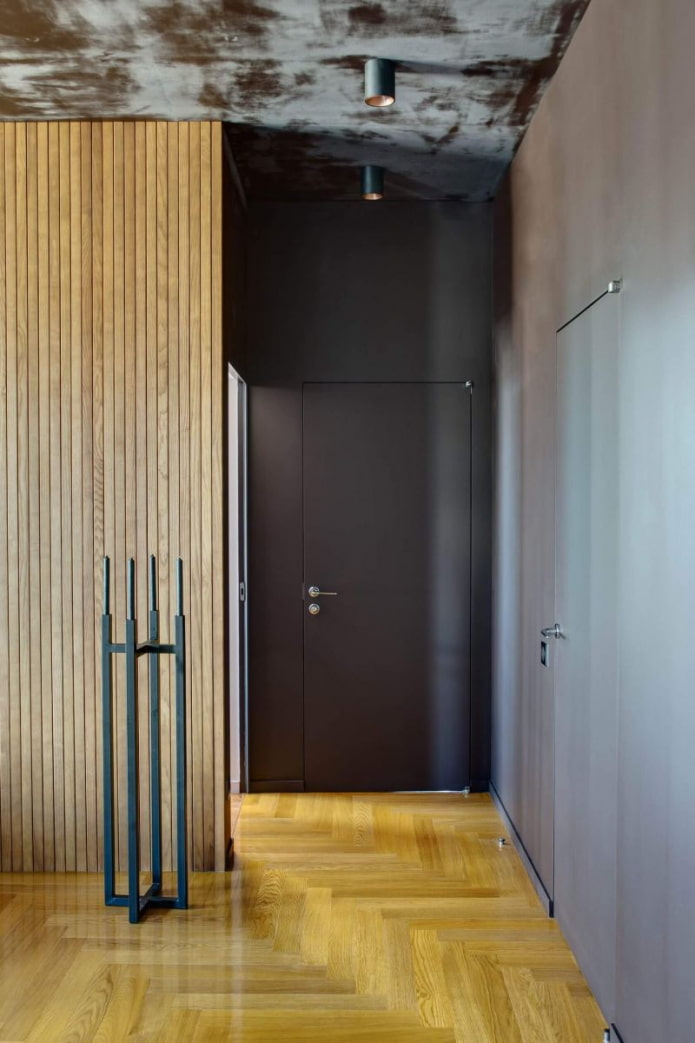
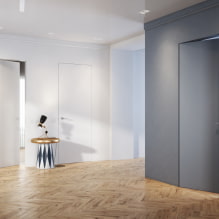
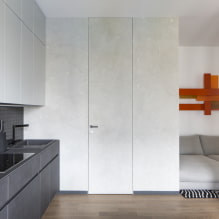
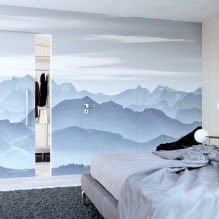
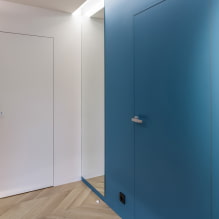
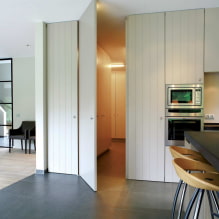
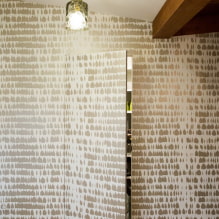
 13 bad habits a good housewife shouldn't have
13 bad habits a good housewife shouldn't have 24/7 home cleanliness - 4 secrets for the perfect housewife
24/7 home cleanliness - 4 secrets for the perfect housewife 6 hotels in Sochi that will give odds to the promoted foreign hotels
6 hotels in Sochi that will give odds to the promoted foreign hotels Top 10 interior design trends 2020
Top 10 interior design trends 2020 Rating of cheap TVs with Smart-TV
Rating of cheap TVs with Smart-TV New Year's LED garlands on AliExpress - we disassemble while it's hot, so that it's bright at home
New Year's LED garlands on AliExpress - we disassemble while it's hot, so that it's bright at home